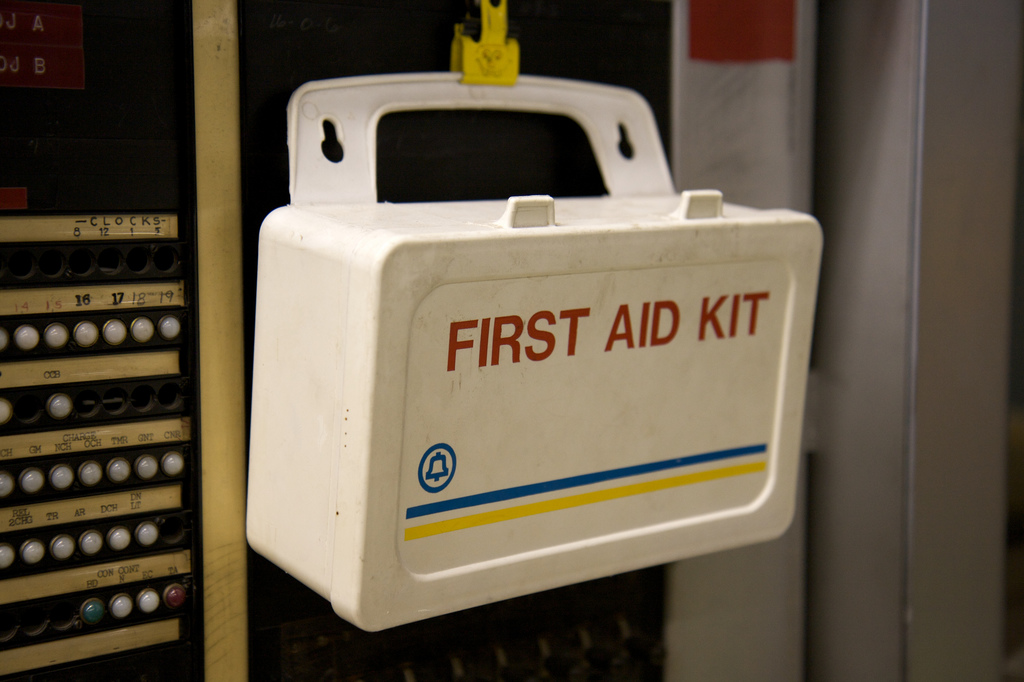Hemophilia refers to a hereditary disorder in which your blood does not coagulate or clot normally. If you suffer from this condition, any internal bleeding can cause damage to your internal organs and body tissues and may lead to death if not checked early. Notably, hemophilia is associated with the X-chromosome and is passed from the mother through her X-chromosome. Rarely, women develop the disease.
Symptoms of hemophilia
Notably, body injuries and bleeding are the general symptoms of hemophilia. Other symptoms include:
- Traces of blood in urine and stool
- Prolonged bleeding of umbilical cord immediately it’s after birth
- Excessive bleeding after a dental procedure
- Bleeding in muscle
- Bleeding of joints, normally associated with pain and inflammation
Basically, there are three types of hemophilia – Hemophilia A, Hemophilia B, and Hemophilia C, each categorized according to the type of clotting factor that is missing from the blood of the person suffering from the condition.
Hemophilia A
Hemophilia A, also known as classic hemophilia is the most common of the three types and is caused by the absence of clotting factor VIII – a protein that is responsible for normal clotting. This condition is inherited from the mother’s sex chromosome and mostly affects males. Those suffering from hemophilia A are rarely affected by small cuts and bruises.
Hemophilia B
Hemophilia B is caused by the absence of clotting factor IX. Like Hemophilia A, this type of hemophilia is passed from the mother to child, mostly male. People only realize they suffer from this case after trauma, surgical or dental procedure.
Hemophilia C
Lastly, Hemophilia C also called Rosenthal’s disease is caused by the absence of plasma thromboplastin antecedent (PTA) and clotting factor XI. Compared to the first two types of hemophilia, Hemophilia C is less common and may affect both male and female alike. People suffering from this type of hemophilia C inherit the bad gene from both parents. It’s important that those suffering from this condition disclose it to their doctors if they are to undergo surgery or any dental procedure.
No cure yet
There is no cure for hemophilia yet, but this isn’t a death sentence. Nonetheless, this condition can be controlled through regular injections or infusions of the missing clotting factors with healthy ones from human donated blood or those made synthetically.
By means of proper treatment and self-care, people suffering from this condition can lead normal lives. To date, replacement therapy remains the most effective treatment of hemophilia. Essentially, and as the name suggests, this treatment replaces the missing in action (MIA) gene or clotting factor VIII and Factor IX that helps in the blood clotting process.
During the placement process, two clotting factor products are derived from human blood plasma. This process is normally done in aseptic production facilities where the clotting factor factors are grown synthetically. Though the procedure in known to be effective, it can be risky. For instance, it can damage joints and muscles. The side effects are still being explored and may take some time to compile most, however, this treatment has been approved by the FDA.
Sourced from: Alot
Photo by Marcin Wichary / CC by




